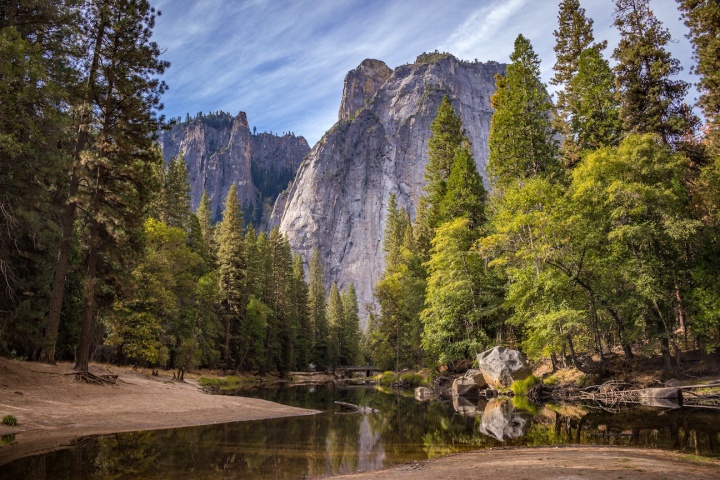
- Target:
- to save the mangroves in homebush
- Region:
- Australia
- Website:
- f.panda.org
There are about 80 different species of mangrove trees. All of these trees grow in areas with low-oxygen soil, where slow-moving waters allow fine sediments to accumulate. Mangrove forests only grow at tropical and subtropical latitudes near the equator because they cannot withstand freezing temperatures.
Many mangrove forests can be recognized by their dense tangle of prop roots that make the trees appear to be standing on stilts above the water. This tangle of roots allows the trees to handle the daily rise and fall of tides, which means that most mangroves get flooded at least twice per day. The roots also slow the movement of tidal waters, causing sediments to settle out of the water and build up the muddy bottom.
Mangrove forests stabilize the coastline, reducing erosion from storm surges, currents, waves, and tides. The intricate root system of mangroves also makes these forests attractive to fish and other organisms seeking food and shelter from predators.
Clearing: Mangrove forests have often been seen as unproductive and smelly, and so cleared to make room for agricultural land, human settlements and infrastructure (such as harbours), and industrial areas. More recently, clearing for tourist developments, shrimp aquaculture, and salt farms has also taken place. This clearing is a major factor behind mangrove loss around the word.
Overharvesting: Mangrove trees are used for firewood, construction wood, wood chip and pulp production, charcoal production, and animal fodder. While harvesting has taken place for centuries, in some parts of the world it is no longer sustainable, threatening the future of the forests.
River changes: Dams and irrigation reduce the amount of water reaching mangrove forests, changing the salinity level of water in the forest. If salinity becomes too high, the mangroves cannot survive. Freshwater diversions can also lead to mangroves drying out. In addition, increased erosion due to land deforestation can massively increase the amount of sediment in rivers. This can overcome the mangrove forest’s filtering ability, leading to the forest being smothered.
Overfishing: The global overfishing crisis facing the world’s oceans has effects far beyond the directly overfished population. The ecological balance of food chains and mangrove fish communities can also be altered.
Destruction of coral reefs: Coral reefs provide the first barrier against currents and strong waves. When they are destroyed, the stronger-than-normal waves and currents reaching the coast can undermine the fine sediment in which the mangroves grow. This can prevent seedlings from taking root and wash away nutrients essential for mangrove ecosystems.
Pollution: Fertilizers, pesticides, and other toxic man-made chemicals carried by river systems from sources upstream can kill animals living in mangrove forests, while oil pollution can smother mangrove roots and suffocate the trees.
Climate change: Mangrove forests require stable sea levels for long-term survival. They are therefore extremely sensitive to current rising sea levels caused by global warming and climate change.
we call on australian goverment to put more money into homebush mangroves
Overfishing: The global overfishing crisis facing the world’s oceans has effects far beyond the directly overfished population. The ecological balance of food chains and mangrove fish communities can also be altered.
Destruction of coral reefs: Coral reefs provide the first barrier against currents and strong waves. When they are destroyed, the stronger-than-normal waves and currents reaching the coast can undermine the fine sediment in which the mangroves grow. This can prevent seedlings from taking root and wash away nutrients essential for mangrove ecosystems.
Pollution: Fertilizers, pesticides, and other toxic man-made chemicals carried by river systems from sources upstream can kill animals living in mangrove forests, while oil pollution can smother mangrove roots and suffocate the trees.
Climate change: Mangrove forests require stable sea levels for long-term survival. They are therefore extremely sensitive to current rising sea levels caused by global warming and climate change.
You can further help this campaign by sponsoring it
The Save the mangroves petition to to save the mangroves in homebush was written by sam felkin and is in the category Environment at GoPetition.